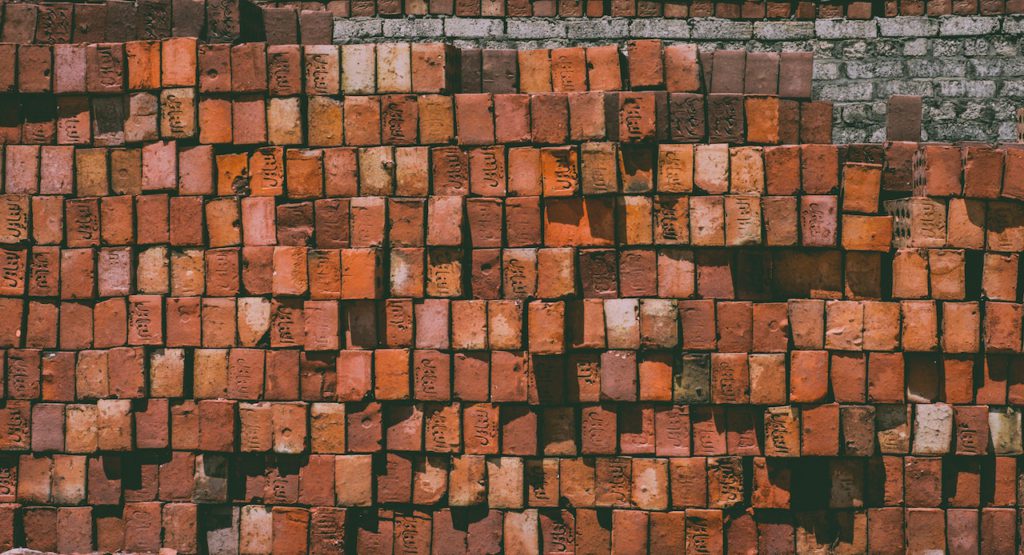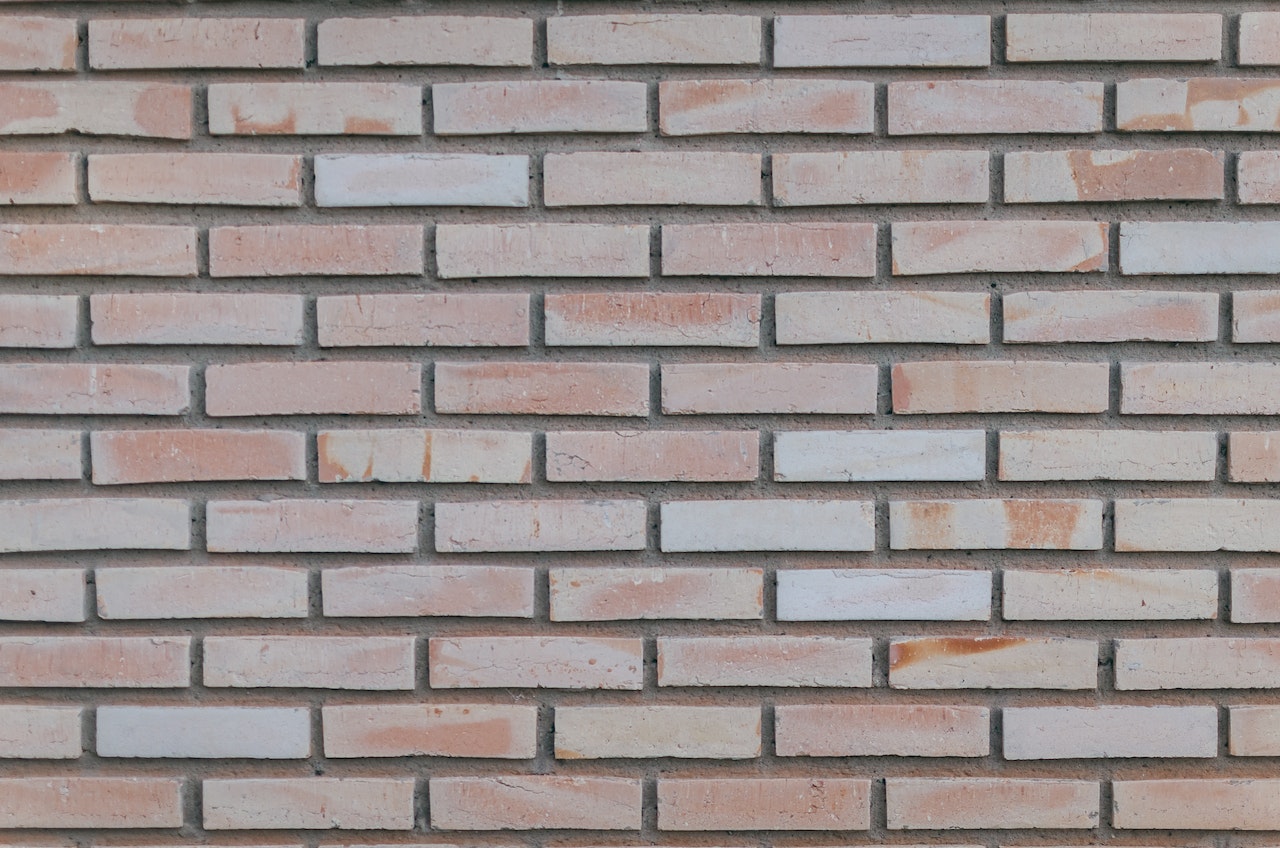Carbon-neutral bricks, for example, may offer all of the proven benefits of bricks, without embodied accompanying energy which otherwise adds to a buildings carbon footprint. Most brick kilns burn using natural gas, which substantially increases bricks embodied energy, potentially adding substantially to a buildings carbon footprint.
Because most brick kilns are fired using natural gas, all of this embodied energy could be a large portion of the buildings carbon footprint.
Bricks have to provide a lower amount of embodied carbon, as does concrete and cement. While bricks are more durable and less energy-intensive than other building materials like cement, concrete, and cladding, carbon offsets present a valuable strategy for environmentally-conscious brick manufacturers in supporting projects that conserve our planet.

In this blog, we explain how carbon offsetting works within the Australian context, and the implications of carbon offsetting for brick manufacturers.
Carbon offsetting is an excellent way for businesses within the brick manufacturing sector to lower emissions and support positive green projects. Using data from the Environmental Product Declarations (EPDs) from The Brick Development Association, The Concrete Block Association, and Interpave, we can compare the carbon impacts of concrete bricks to their equivalents made from fired clay.
This study presents the lifecycle carbon emissions (LCCO 2 ) and embedded energy calculations comparisons between two types of bricks, Sun-Dried and Fired Clay, as means to assess each brick type’s energy and climate impacts, as well as economics of production.
One of the most functional, environmental-friendly, energy-efficient construction products on the market, with over 5,000 years of proven history, clay bricks are practically maintenance-free, can last over one hundred years, are reused and recyclable, and possess superior thermal properties, which would contribute to the reduction of emissions from the built structures. Strong, durable, recyclable, and beautiful, bricks will withstand the test of time and provide benefits that are unparalleled by other building materials.
As one of the worlds most sought-after and reliable sources of sustainable construction materials, brick is known for its durability and reliable investment potential.
For those who have long held onto bricks superior heat-retention qualities, its durability, and the fact that it is recyclable, the arrival of non-emissions-emitting bricks has highlighted its attractiveness as a sustainable construction material.
Made of organic minerals found in shale deposits and locally-sourced, naturally-abundant sources of clay; bricks long-lasting lifecycle offers continued environmental and health benefits. K-Briq is made of 90% waste materials, produced using energy-saving, non-fired brick-recycling technology.
Kenoteqs building waste bricks are also produced locally, which helps to reduce carbon emissions from the building industry even more.
By recycling waste construction materials while reducing manufacturing and energy costs at the same time, the K-Brick brings a lot of benefits into a single, easy-to-use product. The primary attraction for Kenoteqs building waste bricks in the construction industry will be in the reduction of carbon costs that they can help provide projects, since major developers and urban planners are increasingly incorporating the cost of environmental protection into their cost-benefit analyses of new buildings.
Called Agrocrete, the carbon-negative construction materials are made from recycled materials, can reduce building costs 50 percent, improve heat insulation 50 percent, and cut the amount of time needed for construction, the founders said. The carbon-negative manufacturing process is similar to that for cement, in which bricks are formed out of a liquid material.
The 90% of the wasted material is primarily recycled construction waste, which accounts for approximately 90% of the final weight of bricks. Biosolids from various sources are mixed in to the brick mix, creating lighter bricks, which conserves energy during the production process, as well as during transportation of the finished products.
The residues are blended with our innovation BINDR, 100% low-carbon, reprocessed substitute for Portland cement made from steel, paper, and electricity industrial by-products.
Our innovative product BINDR has strength equal to a normal kiln-produced red brick, but has better thermal conductivity, lower tendency to absorb water, traps tons of carbon emissions, and has at least 75 years of operational lifetime.



